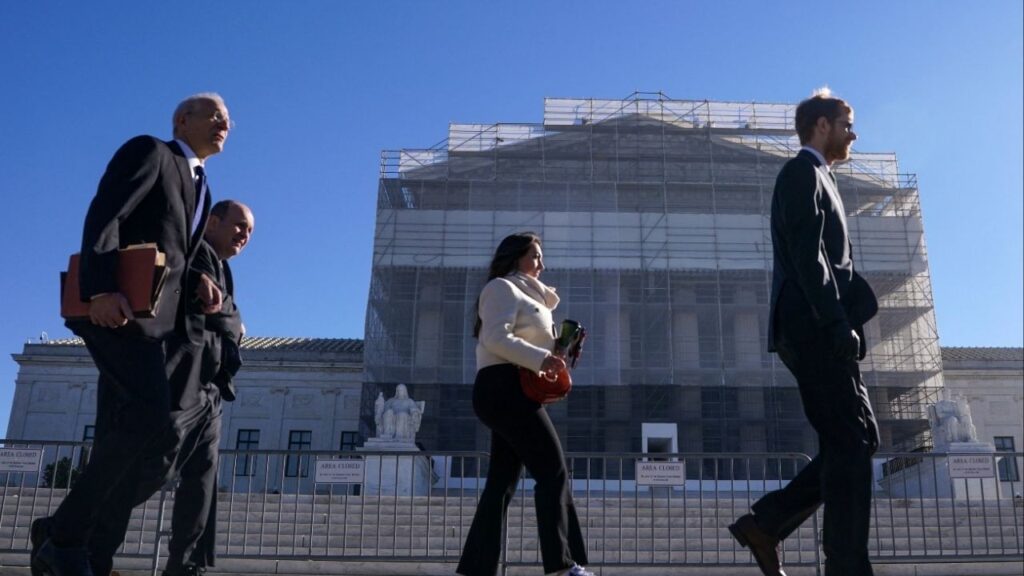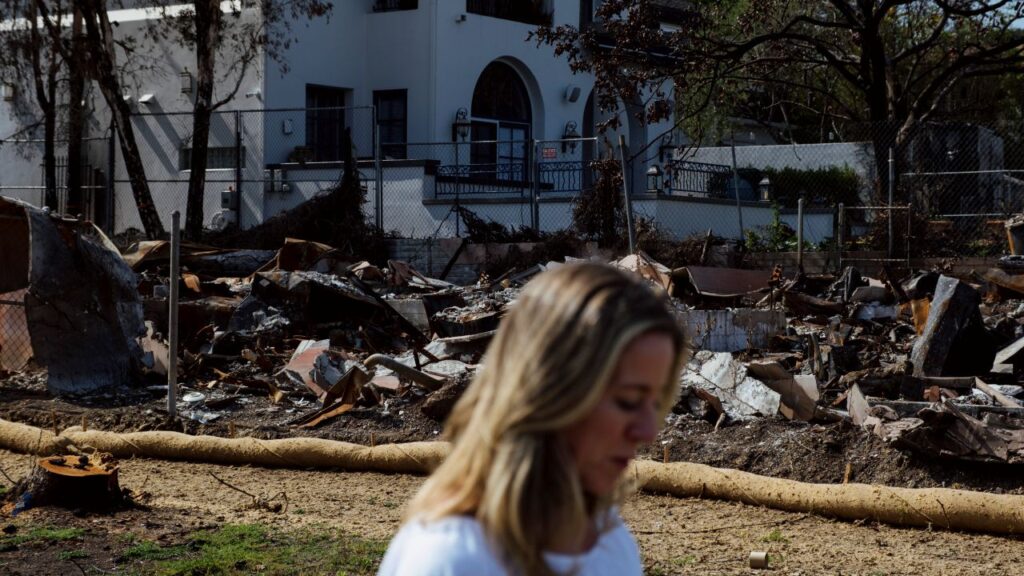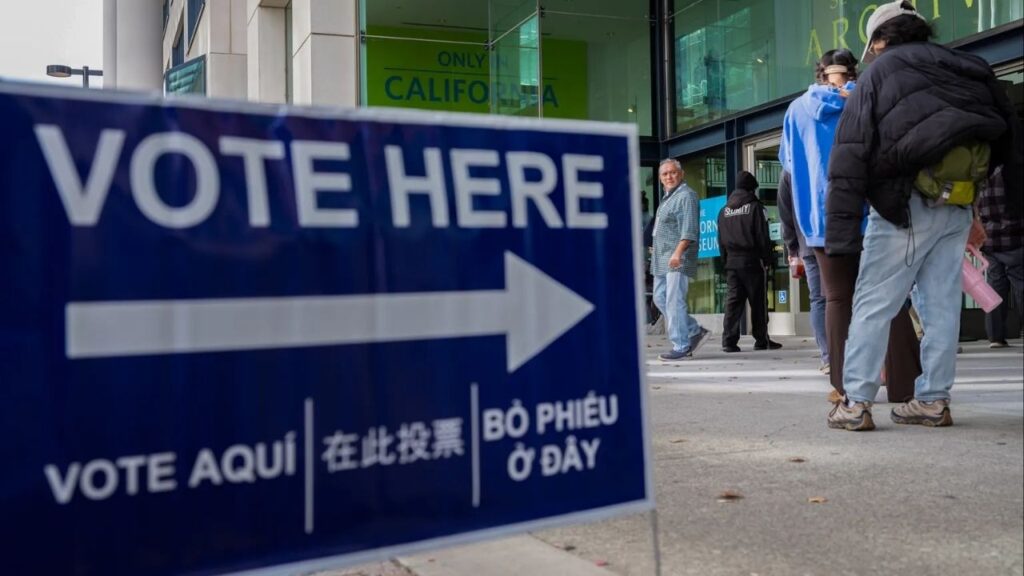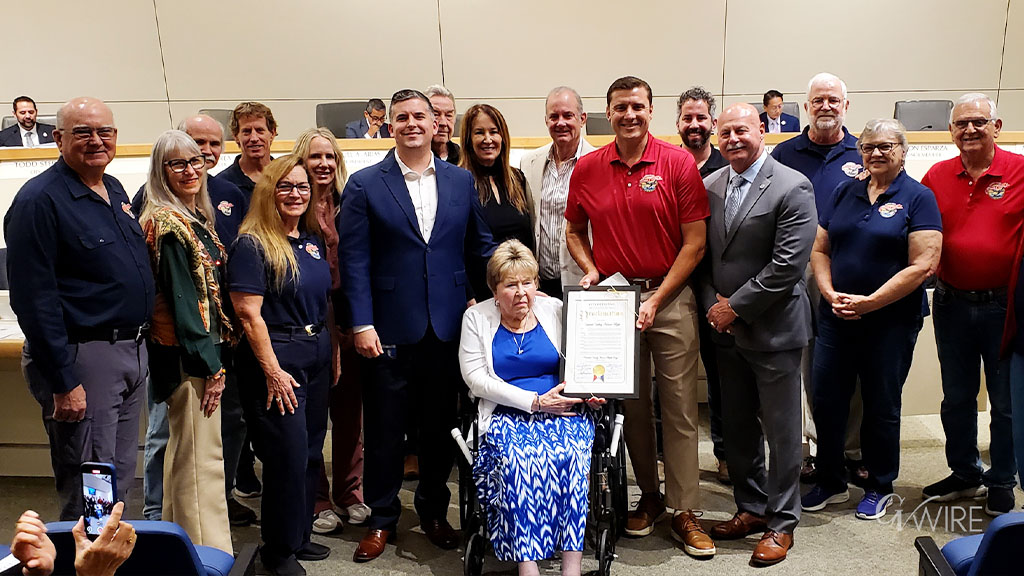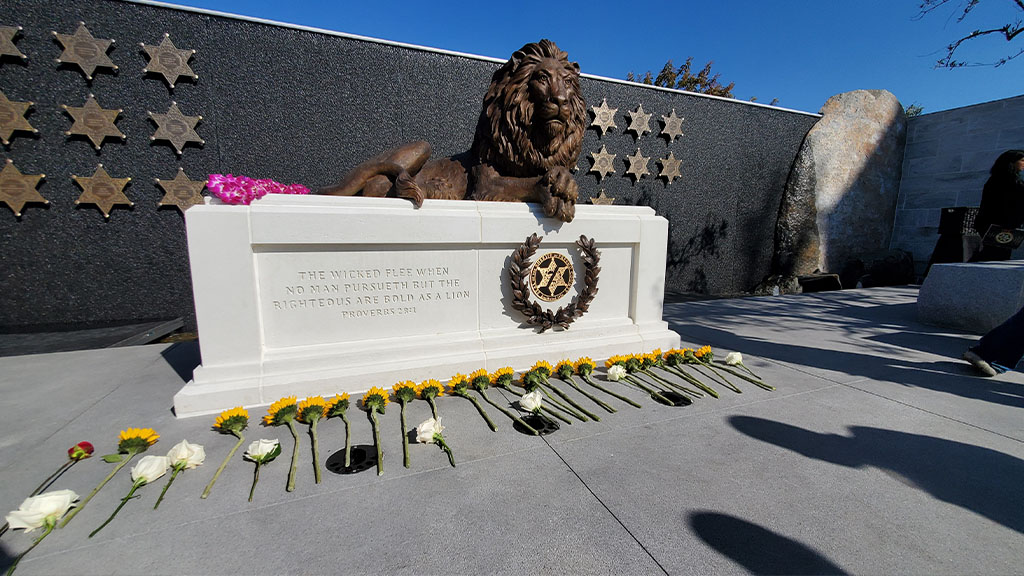The American flag is raised at U.S. ambassador's residency in Damascus, Syria May 29, 2025. (Reuters File)

- U.S. troops withdraw from two Syrian bases, raising fears of an Islamic State resurgence, Syrian Kurdish commander tells Reuters.
- SDF warns ISIS threat growing as U.S. scales back presence in northeast Syria; four American bases now vacated.
- Kurdish officials say ISIS fighters re-emerge near shuttered U.S. bases, with attacks rising and Assad’s fall fueling extremist regrouping.
Share
|
Getting your Trinity Audio player ready...
|
AL SHADADI BASE, Syria – U.S. forces have pulled out of two more bases in northeastern Syria, visiting Reuters reporters found, accelerating a troop drawdown that the commander of U.S.-backed Syrian Kurdish forces said was allowing a resurgence of Islamic State.
Reuters reporters who visited the two bases in the past week found them mostly deserted, both guarded by small contingents of the Syrian Democratic Forces – the Kurdish-led military group that Washington has backed in the fight against Islamic State for a decade.
Cameras used on bases occupied by the U.S.-led military coalition had been taken down, and razor wire on the outer perimeters had begun to sag.
A Kurdish politician who lives on one base said there were no longer U.S. troops there. SDF guards at the second base said troops had left recently but declined to say when. The Pentagon declined to comment.
It is the first confirmation on the ground by reporters that the U.S. has withdrawn from Al-Wazir and Tel Baydar bases in Hasaka province. It brings to at least four the number of bases in Syria U.S. troops have left since President Donald Trump took office.
Trump’s administration said this month it will scale down its military presence in Syria to one base from eight in parts of northeastern Syria that the SDF controls. The New York Times reported in April that troops might be reduced from 2,000 to 500 in the drawdown.
The SDF did not respond to questions about the current number of troops and open U.S. bases in northeastern Syria.
But SDF commander Mazloum Abdi, who spoke to Reuters at another U.S. base, Al Shadadi, said the presence of a few hundred troops on one base would be “not enough” to contain the threat of Islamic State.
“The threat of Islamic State has significantly increased recently. But this is the U.S. military’s plan. We’ve known about it for a long time … and we’re working with them to make sure there are no gaps and we can maintain pressure on Islamic State,” he said.
Abdi spoke to Reuters on Friday, hours after Israel launched its air war on Iran. He declined to comment on how the new Israel-Iran war would affect Syria, saying simply that he hoped it would not spill over there and that he felt safe on a U.S. base.
Hours after the interview, three Iranian-made missiles targeted the Al Shadadi base and were shot down by U.S. defense systems, two SDF security sources said.
ISIS Active in Syrian Cities
Islamic State, also known as ISIS and Daesh, ruled vast swathes of Iraq and Syria from 2014 to 2017 during Syria’s civil war, imposing a vision of Islamic rule under which it beheaded locals in city squares, sex-trafficked members of the Yazidi minority and executed foreign journalists and aid workers.
The group, from its strongholds in Raqqa in Syria and Mosul in Iraq, also launched deadly attacks in European and Middle Eastern countries.
A U.S.-led military Coalition of more than 80 countries waged a yearslong campaign to defeat the group and end its territorial control, supporting Iraqi forces and the SDF.
But Islamic State has been reinvigorated since the ouster of Syrian dictator Bashar al-Assad in December at the hands of separate Islamist rebels.
Abdi said ISIS cells had become active in several Syrian cities, including Damascus, and that a group of foreign jihadists who once battled the Syrian regime had joined its ranks. He did not elaborate.
He said ISIS had seized weapons and ammunition from Syrian regime depots in the chaos after Assad’s fall.
Several Kurdish officials told Reuters that Islamic State had already begun moving more openly around U.S. bases which had recently been shuttered, including near the cities of Deir Ezzor and Raqqa, once strongholds for the extremist group.
In areas the SDF controls east of the Euphrates River, ISIS has waged a series of attacks and killed at least 10 SDF fighters and security forces, Abdi said. Attacks included a roadside bomb targeting a convoy of oil tankers on a road near the U.S. base where he gave the interview.
—
(Reporting by John Davison and Orhan Qereman; Editing by Peter Graff)
RELATED TOPICS:
Categories

How Zohran Mamdani Beat Back New York’s Elite and Was Elected Mayor

Pedestrian Struck and Killed on Mooney Boulevard in Visalia

UPS Cargo Plane Crashes in Louisville, Killing at Least 9







